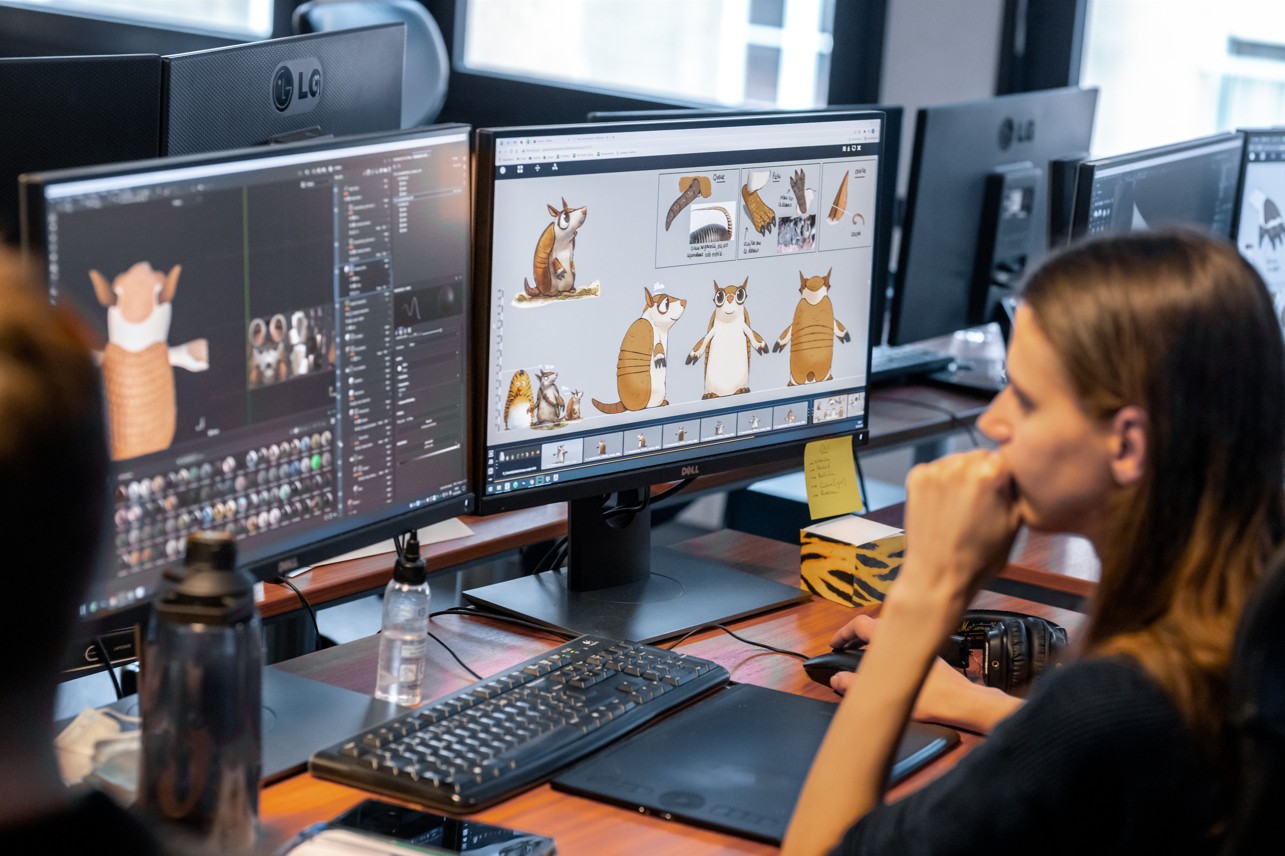With nearly fifteen years’ experience in talent scouting, Julie Gouthéraud joined the prestigious Toulouse studio in 2022 and now uses her skills to unearth the rare gems that will contribute to tomorrow’s animated productions.
What skills will studios be looking for in 2025?
What software does TAT use, and how does the studio manage recruitment and career development?
Finally, how do you present your application properly, and what pitfalls should you avoid to maximise your chances of being hired?
We spoke to the headhunter about all these issues. Find out more about the interview below.
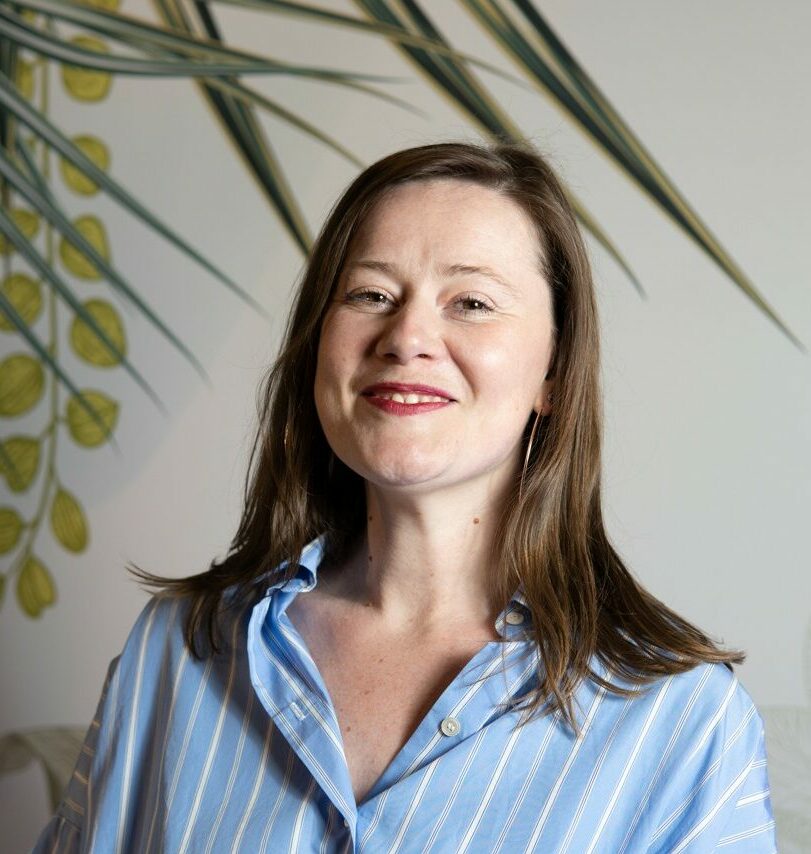
A quarter of a century for the Toulouse studio
Founded in 2000, TAT Productions is celebrating its 25th anniversary this year. It’s already been a busy year for the internationally renowned studio, with TAT having just released its latest feature film Falcon Express in cinemas, just a few months after the release of the mini-series Asterix and Obelix: The Battle of the Chefs on Netflix, directed by Alain Chabat and Fabrice Joubert.
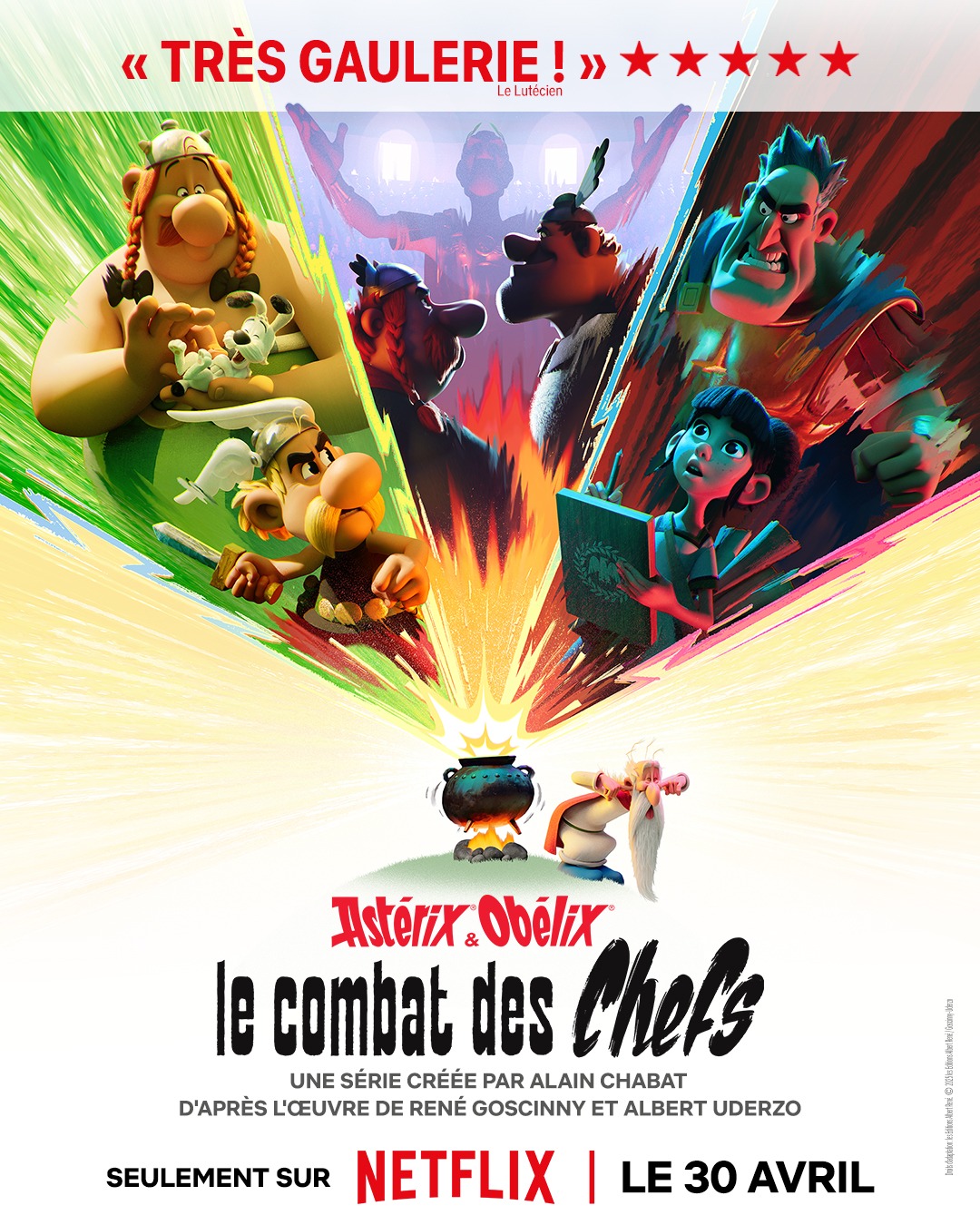
“Our team now numbers 300 people”, Julie Gouthéraud tells us. “We currently have a series in production for France Télévisions, Les Aventures de Pil, scheduled for 2026 and adapted from our feature film Pil, released in 2021. At the same time, we are also working on our next two feature films for the cinema: Lovebirds (scheduled for 2027) and Ringo at Summer Camp (scheduled for 2028).”
These projects are both ambitious and motivating, featuring the crème de la crème of French 3D animation. Among these many productions, Pil has long been Julie Gouthéraud’s favourite project.
Today, it’s the Asterix mini-series, which caused quite a stir when it was released in April 2025, that occupies that special place in the recruiter’s heart.
“A good professional is passionate, attentive and rigorous”.
Although she has only been working in the sector for three years, Julie Gouthéraud recognises that the current context is difficult in the animation industry. Despite this, she admits that she doesn’t feel any real slowdown at TAT. “We are perhaps even more careful about spending and long-term commitments, even if it seems to me that we have always been cautious. For example, permanent employment is not very common with us, even though it still accounts for 20% of recruitment, mainly for cross-functional and support positions.”
For the person whose job it is to sort through the profiles and identify the best ones for the studio, “a good professional is someone who is passionate, who listens and is rigorous, who knows our software, tries to meet deadlines and supports his team”.
According to Julie Gouthéraud, to apply for a job at TAT, it is essential to “be or want to be specialised in the business we are recruiting for, have studied the vacancy and understand the challenges of the position (ask questions at interview if necessary).
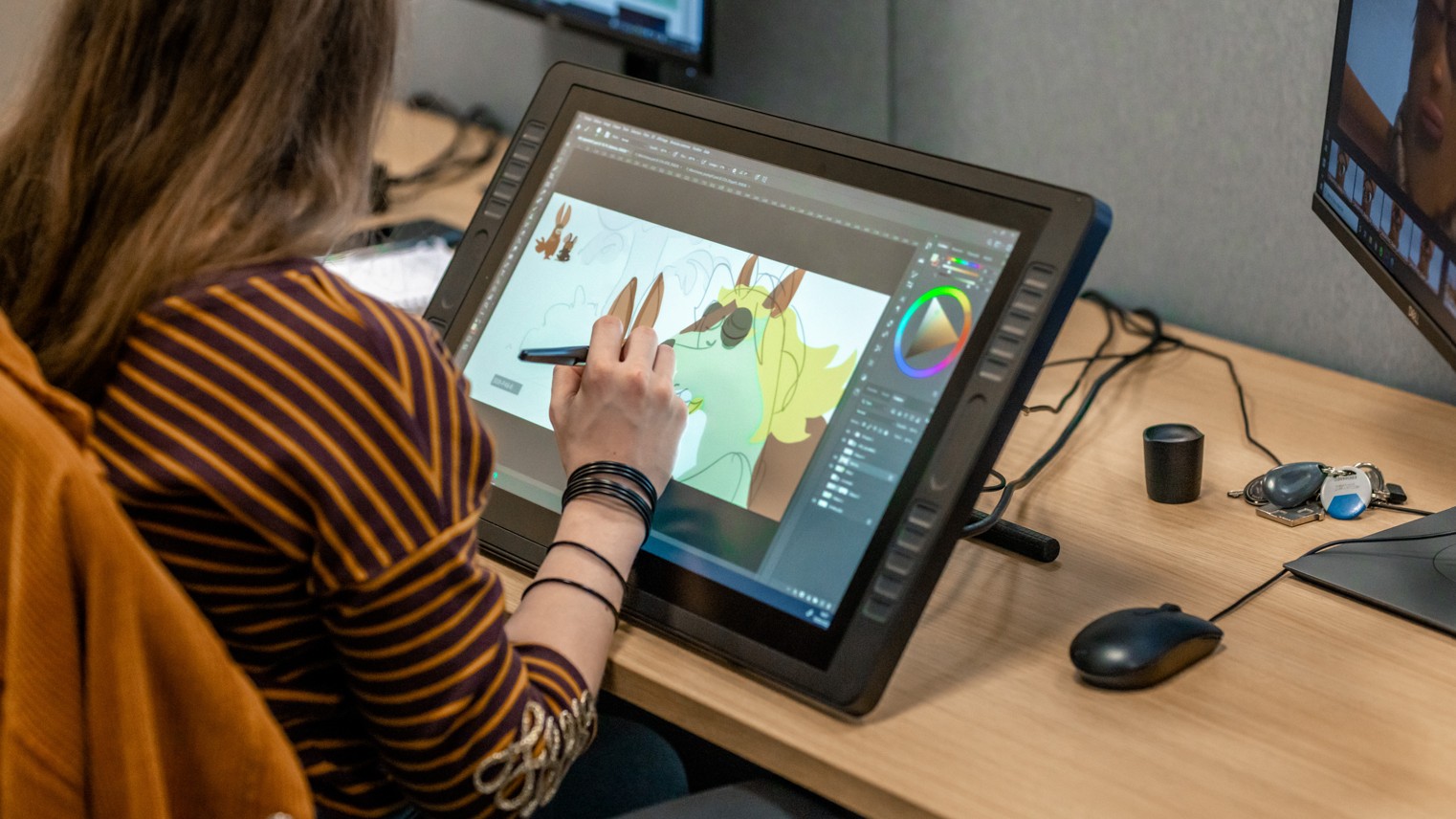
You also need to know the studio and its productions, have a good command of the software involved, and often be able to work face-to-face, as the studio is not optimally equipped for working remotely”.
These are all criteria to bear in mind, both for this studio and in general if you want to apply for an established company like TAT.
Reconciling technological innovation and artistic excellence, “a question worthy of a philosophy exam!
As the sector evolves, TAT adapts and even reinvents itself, keeping in mind the balance between creativity and technical innovation.
“We’ve just incorporated Unreal into our series pipeline. It’s a big change because we’ve had to rebuild everything and adapt our working methods. In terms of recruitment, it was very difficult to find people with experience of this software. But on the production side, thanks to Unreal we no longer need dozens of calculation machines, no more compositing, and everything appears in real time. This makes it much easier to project yourself into the worlds we’ve created.
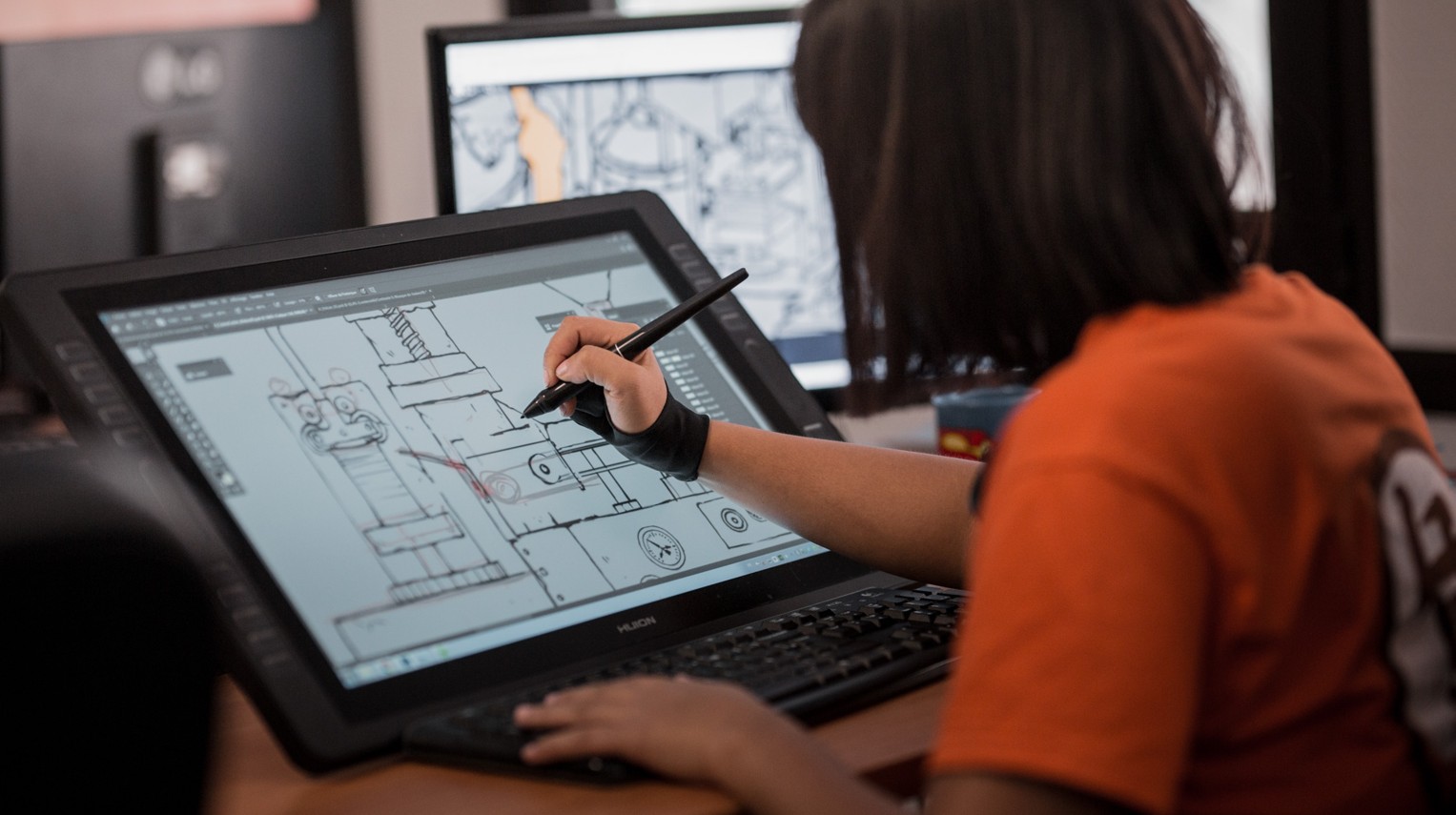
What about AI? This is not (yet?) integrated at TAT, at least not to Julie’s knowledge. “We’re keeping an eye on what’s being done, we met Adobe about it a while ago, but for the moment the things we’ve produced aren’t up to the studio’s requirements. In any case, I don’t use it for recruitment, even though I’ve already had students ask me about it, particularly for sorting applications.
When asked about the potential evolution of this company policy, the recruiter stresses that creativity must remain at the centre of the debate. “Even if the use of AI is going to be democratised, I personally think that technology should be at the service of creativity and the artistic. Our resources also define our framework, so it’s a gentle mix that has to remain balanced, but an artist must always be able to enter into technical subjects, and vice versa.”
Open horizons for the younger generation
According to Julie Gouthéraud, today’s graduates of schools like ESMA are well prepared for the job market. “They are motivated, personable and eager to do well”, stresses the recruiter, who maintains a rewarding and pleasant relationship with the various 3D animation schools, while also offering her vision and sharing her recommendations with them.
In terms of recruitment, mastery of tools is also important, especially for a studio like TAT which, in addition to Unreal, uses software such as Maya, 3ds Max Nuke, Vray, Houdini, Substance and Zbrush, to name but a few.
But in today’s highly competitive market, you need to combine quality training with prior research to make your own application stand out from the crowd, and make your own application stand out from the crowd.
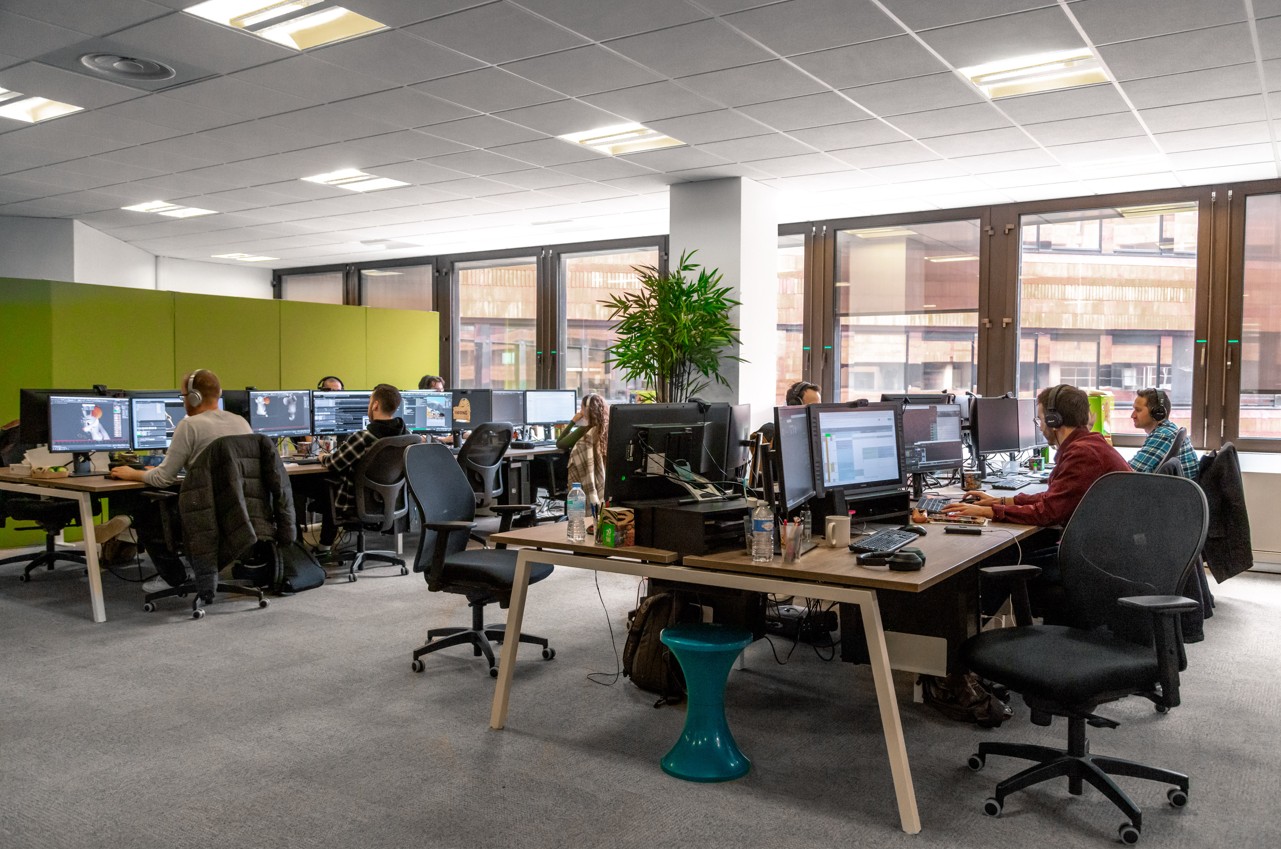
“It really is the best way of getting an interview. To be selected,” explains Julie, “the demo has to match the studio’s needs at the time. For example, we prefer people who have semi-cartoon animated quadrupeds for Ringo, which is going to have a lot of dogs.
A final word of advice?
“Educate yourself as much as possible about the different studios, don’t stop at productions, understand the market, it will help you position yourself and make the most of yourself during the recruitment process.”
